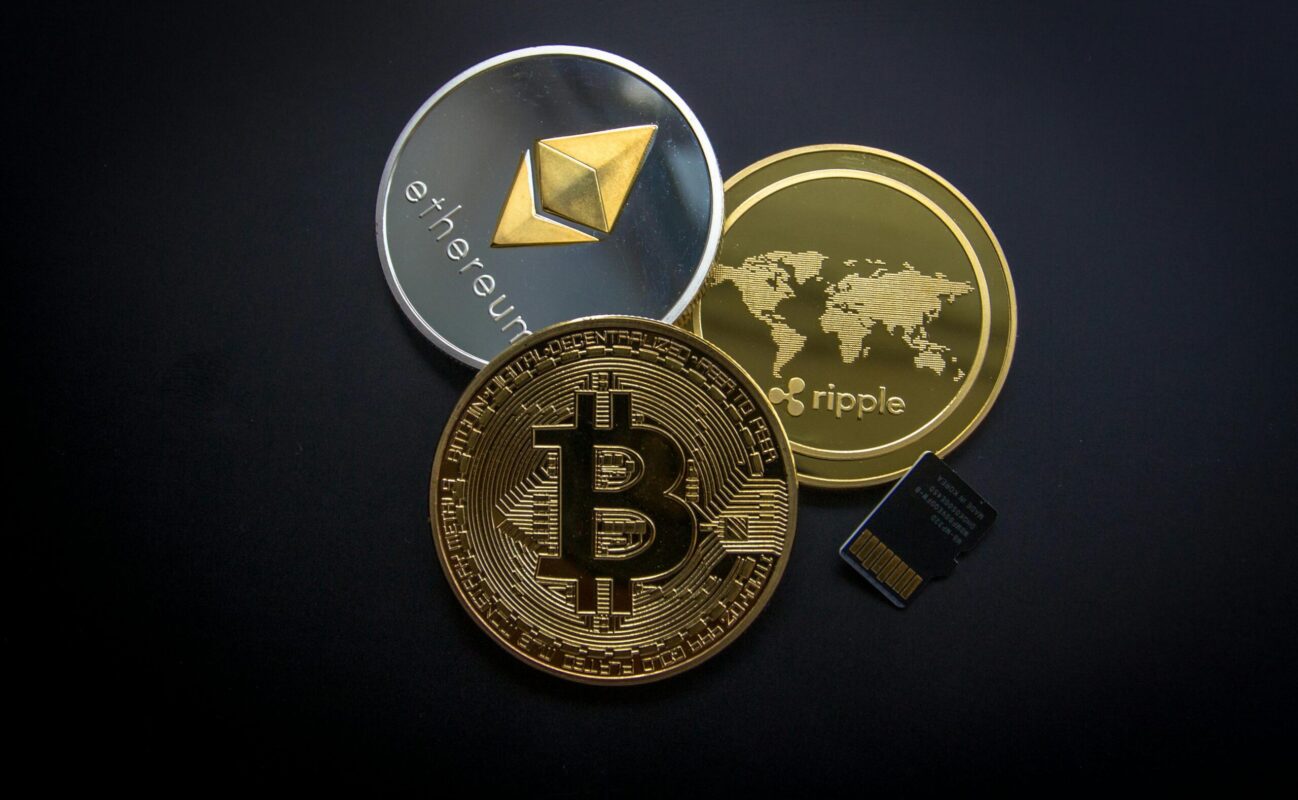Blockchain in Philanthropy: Enhancing Transparency
Introduction
Ah, philanthropy! The noble act of giving back, helping those in need, and making the world a better place. But, wait a minute – have you ever wondered where exactly your donations go? How do you know if they’re used efficiently and effectively? Enter blockchain – the tech buzzword that’s been making waves everywhere, from finance to healthcare, and now, philanthropy. Let’s dive into how blockchain can enhance transparency in the philanthropic world.
What is Blockchain?
Basic Definition
First things first – what on earth is blockchain? Imagine a digital ledger, much like a traditional ledger book but in a digital format, that’s decentralized and immutable. It’s a system where transactions are recorded in blocks and linked using cryptography.
How Blockchain Works
Think of blockchain as a chain of blocks (quite literally). Each block contains a list of transactions. When a new transaction occurs, it’s added to a block. Once that block is filled, it’s added to the chain in a linear, chronological order. This chain is then shared across a network of computers, ensuring that the information is consistent and cannot be altered without the consensus of the network.
Philanthropy and Its Challenges
Traditional Philanthropy Model
Philanthropy, in its traditional sense, involves individuals or organizations donating money, resources, or time to charitable causes. These donations are often managed by non-profits, NGOs, or other charitable organizations.

Common Issues Faced by Philanthropic Organizations
However, the traditional model isn’t without its flaws. Issues like mismanagement of funds, lack of transparency, and inefficient use of resources often plague philanthropic efforts. Donors are left wondering if their contributions are truly making an impact.
Role of Blockchain in Philanthropy
Enhanced Transparency
Here’s where blockchain swoops in like a superhero. One of the most significant advantages of blockchain is its transparency. Every transaction is recorded on a public ledger, accessible to anyone. This means donors can track where their money is going, ensuring it’s used as intended.
Improved Accountability
With transparency comes accountability. Since blockchain records are immutable, organizations can’t easily alter or manipulate data. This holds them accountable, ensuring that funds are used appropriately and efficiently.
Blockchain-Based Philanthropic Platforms
Examples of Platforms
Several platforms have already harnessed the power of blockchain to improve philanthropic efforts. For instance, Giveth and AidCoin are blockchain-based platforms designed to enhance transparency and trust in the donation process.
Case Studies
Take Giveth, for example. It’s a decentralized platform that allows donors to track their contributions and see exactly how their funds are being used. Similarly, AidCoin enables donors to follow their donations in real-time, ensuring transparency and accountability.
Benefits of Using Blockchain in Philanthropy
Transparency and Trust
Transparency breeds trust. When donors can see how their money is being used, they’re more likely to continue contributing. Blockchain’s transparent nature ensures that every transaction is visible, fostering trust between donors and organizations.
Cost Efficiency
Traditional methods of managing donations can be costly, involving intermediaries and administrative expenses. Blockchain eliminates the need for intermediaries, reducing costs and ensuring that more funds go directly to the intended cause.
Speed and Efficiency
Blockchain transactions are typically faster than traditional methods. Donations can be made and tracked in real-time, ensuring that funds reach their destination quickly and efficiently.
Challenges and Limitations
Technical Challenges
Despite its benefits, blockchain isn’t without its challenges. Technical issues such as scalability, energy consumption, and the complexity of implementation can pose significant hurdles.
Regulatory Concerns
Regulation is another critical concern. The legal landscape surrounding blockchain is still evolving, and philanthropic organizations must navigate these waters carefully to ensure compliance.

Real-World Applications
Success Stories
Several organizations have already successfully integrated blockchain into their operations. For example, the UN World Food Programme uses blockchain to distribute aid to refugees, ensuring that donations are used effectively and transparently.
Ongoing Projects
Ongoing projects continue to explore the potential of blockchain in philanthropy. Initiatives like BitGive and Alice are pioneering new ways to use blockchain to enhance transparency and efficiency in charitable giving.
Future of Blockchain in Philanthropy
Potential Developments
The future looks bright for blockchain in philanthropy. As technology continues to evolve, we can expect even more innovative solutions to emerge, further enhancing transparency and accountability.
Predictions
Experts predict that blockchain could become a standard tool in the philanthropic sector, revolutionizing how donations are managed and ensuring that every penny is used effectively.
Conclusion
In a world where trust is paramount, blockchain offers a beacon of hope for the philanthropic sector. By enhancing transparency and accountability, blockchain has the potential to revolutionize how we give, ensuring that our contributions truly make a difference. So, next time you donate, imagine a world where you can track your impact in real-time – that’s the power of blockchain in philanthropy.
FAQs
What is blockchain in simple terms?
Blockchain is a decentralized digital ledger that records transactions across multiple computers. It’s transparent, secure, and immutable.
How can blockchain improve transparency in philanthropy?
Blockchain provides a public ledger of transactions, allowing donors to track their contributions and ensuring that funds are used as intended.
Are there any successful examples of blockchain in philanthropy?
Yes, platforms like Giveth and AidCoin, as well as initiatives by the UN World Food Programme, have successfully implemented blockchain to enhance transparency and efficiency.
What are the challenges of using blockchain in philanthropy?
Challenges include technical issues like scalability and energy consumption, as well as regulatory concerns that organizations must navigate.
What is the future of blockchain in the philanthropic sector?
The future looks promising, with potential developments and innovations that could make blockchain a standard tool for enhancing transparency and accountability in philanthropy.


